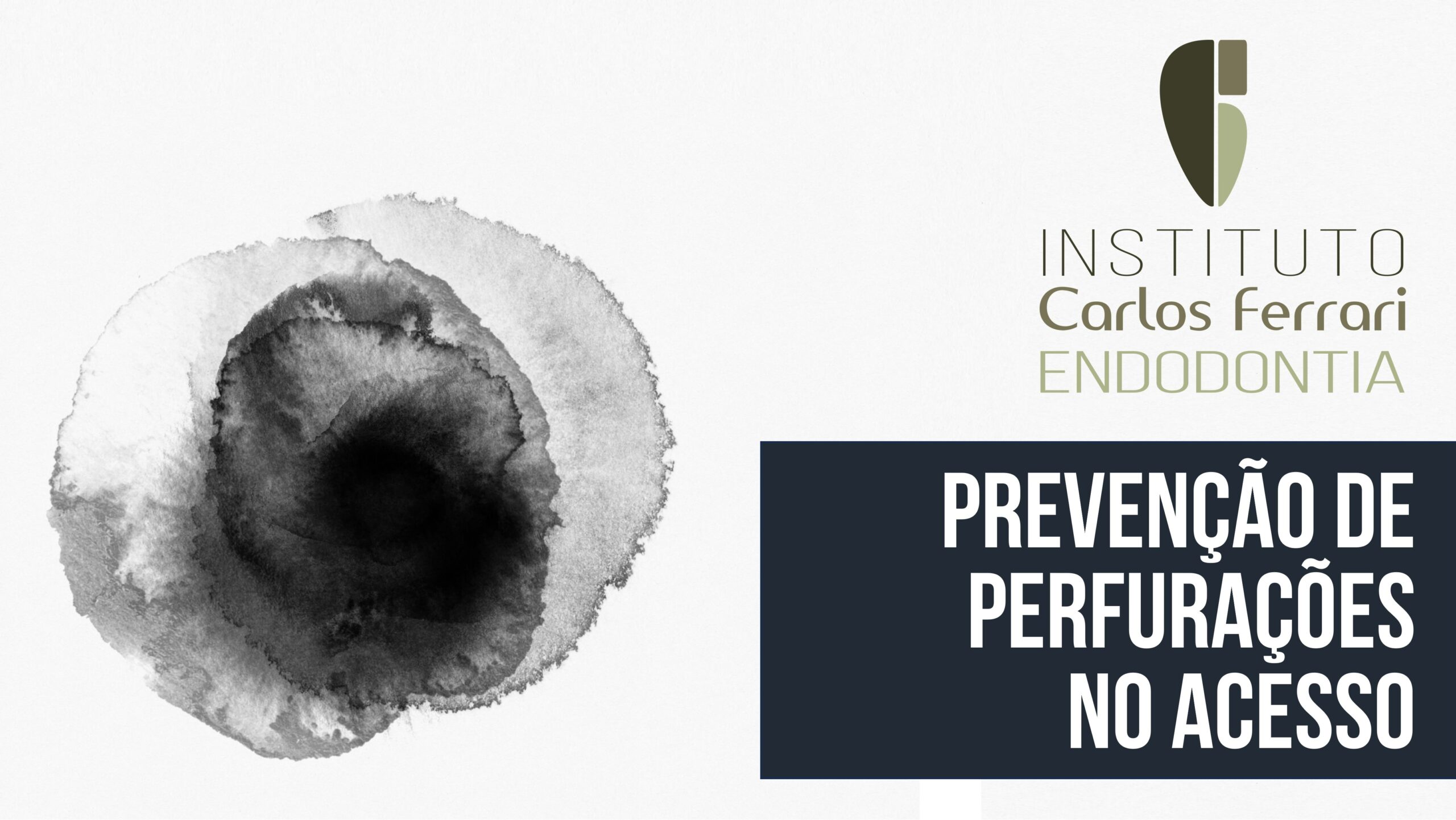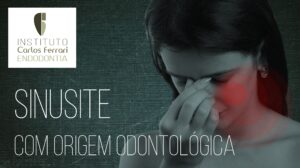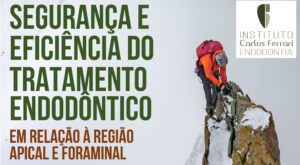Cirurgia de acesso. Prevenção de perfuração.
Cuidados para prevenção da perfuração durante a cirurgia de acesso endodôntica.
In: Coutinho & Paulo.
Tratamento endodôntico do dente 14 com perfuração cervical com MTA: Relato de Caso clínico.
Introdução
As perfurações são definidas como a comunicação mecânicas ou patológicas entre o sistema de canais radiculares e a superfície externa do dente. Acidentes durante o tratamento endodôntico podem surgir, por processos patológicos, ou seja, processos de reabsorção e cárie, ou por causas iatrogênicas durante a terapia endodôntica, incluindo-se morfologia dos canais, erro durante a fase do acesso cirúrgico, falha durante o preparo químico mecânico devido ao desgaste inadequado das paredes dos canais, calcificações, perfurações causadas por preparos para pinos intracanal motivados por negligência, imprudência ou inexperiência do profissional. As perfurações radiculares podem levar ao insucesso do tratamento endodôntico e, se não for detectado e tratado adequadamente, por conta da quebra do periodonto pode levar à perda do elemento dentário.
A lesão no periodonto por conta da perfuração resulta no desenvolvimento de inflamação, destruição de fibras periodontais, reabsorção óssea, formação de tecido granulomatoso, proliferação epitélio e, finalmente, no desenvolvimento de uma bolsa periodontal. O material ideal para o tratamento de perfurações tem que selar bem as vias de comunicação entre o sistema de canais radiculares e os tecidos circundantes. O material deve ser o mais biocompatível com os tecidos dos hospedeiros, não deve ter alteração do vedamento por conta da presença de umidade, ser fácil a manipulação e o seu uso, ser radiopaco para facilitar o reconhecimento nas radiografias e insolúvel nos fluidos dos tecidos. O MTA foi desenvolvido por Mahmoud Torabinejad, pesquisador e professor da Universidade de Loma Linda, California (EUA), é o material mais indicado para tratamento de perfurações radiculares, devido a sua capacidade de vedação e biocompatibilidade com tecidos circundantes.
É apresentado sob a forma de pó branco ou cinza, que contém partículas hidrofílicas, seus componentes principais são: silicato tricálcio, aluminato tricálcio, óxido tricálcio e óxido bismuto responsável pela radiopacidade.6 Atualmente tem sido considerado o material mais apropriado para tratar perfurações e tendo resultados satisfatórios.
Cirurgia de acesso. Prevenção de perfuração.





